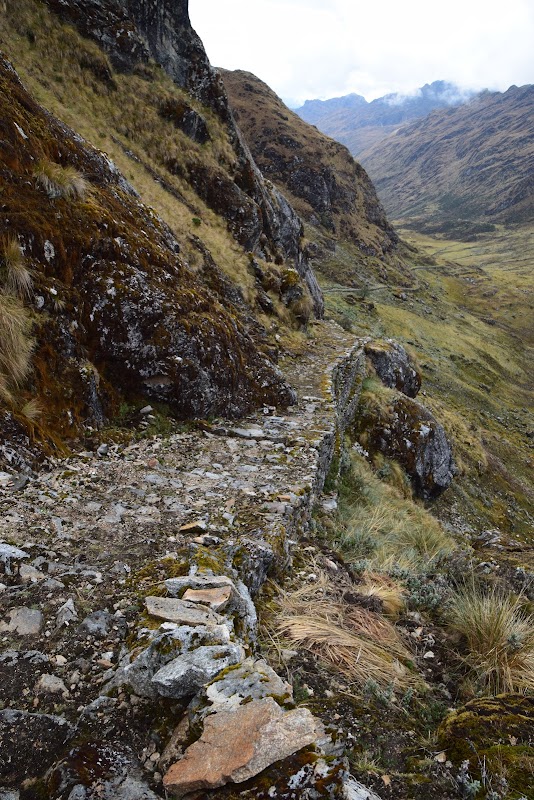
Choquequirao Natural Conservation Area Adventures
Choquequirao Natural Conservation Area protects an extensive Andean landscape in Peru, featuring ancient Inca ruins and diverse highland ecosystems, offering challenging trekking and cultural exploration for outdoor enthusiasts.
About Choquequirao Natural Conservation Area

The Choquequirao Natural Conservation Area is located in the Cusco region of southern Peru, encompassing approximately 120,000 hectares of rugged Andean terrain characterized by deep canyons, cloud forests, and high mountain ridges. Established to protect one of the largest natural and cultural heritage sites in the Andes, it safeguards the Choquequirao archaeological complex, often referred to as the 'sister city' of Machu Picchu. The site includes terraces, plazas, temples, and other monumental stone constructions attributed to the Inca civilization, perched on a steep ridge overlooking the Apurímac River canyon.
Ecologically, the conservation area hosts diverse flora and fauna, including endangered species such as the spectacled bear and the Andean condor. Its varied altitudes create habitats ranging from rainforest to puna grasslands. Outdoor recreation is dominated by multi-day trekking routes, primarily the challenging trek to Choquequirao which extends beyond 30 miles round trip with steep ascents and descents, offering outstanding views, abundant wildlife sightings, and immersion in remote Andean wilderness.
Visitors are drawn by the combination of rich cultural history and pristine environment, with the opportunity to explore relatively undisturbed trails compared to more popular destinations. The site’s remote location requires careful planning but rewards trekkers with solitude and connection to Inca heritage. Conservation efforts focus on protecting archaeological remains and biodiversity while promoting sustainable tourism that benefits local communities.
Highlights
Choquequirao Archaeological Complex with extensive Inca stonework
Spectacular views over the Apurímac River canyon and surrounding peaks
Rare sightings of Andean wildlife including spectacled bears
Remote multi-day trekking routes with limited visitor traffic
Notable Natural Features
Choquequirao Archaeological Site
A sprawling Inca city complex featuring agricultural terraces, ceremonial plazas, and finely crafted stone structures.
Apurímac Canyon
One of the deepest river canyons in the world, offering dramatic panoramic views and challenging terrain.
Cloud Forest Ecosystem
Rich high-altitude forest habitat home to rare bird species, orchids, and other native flora.
